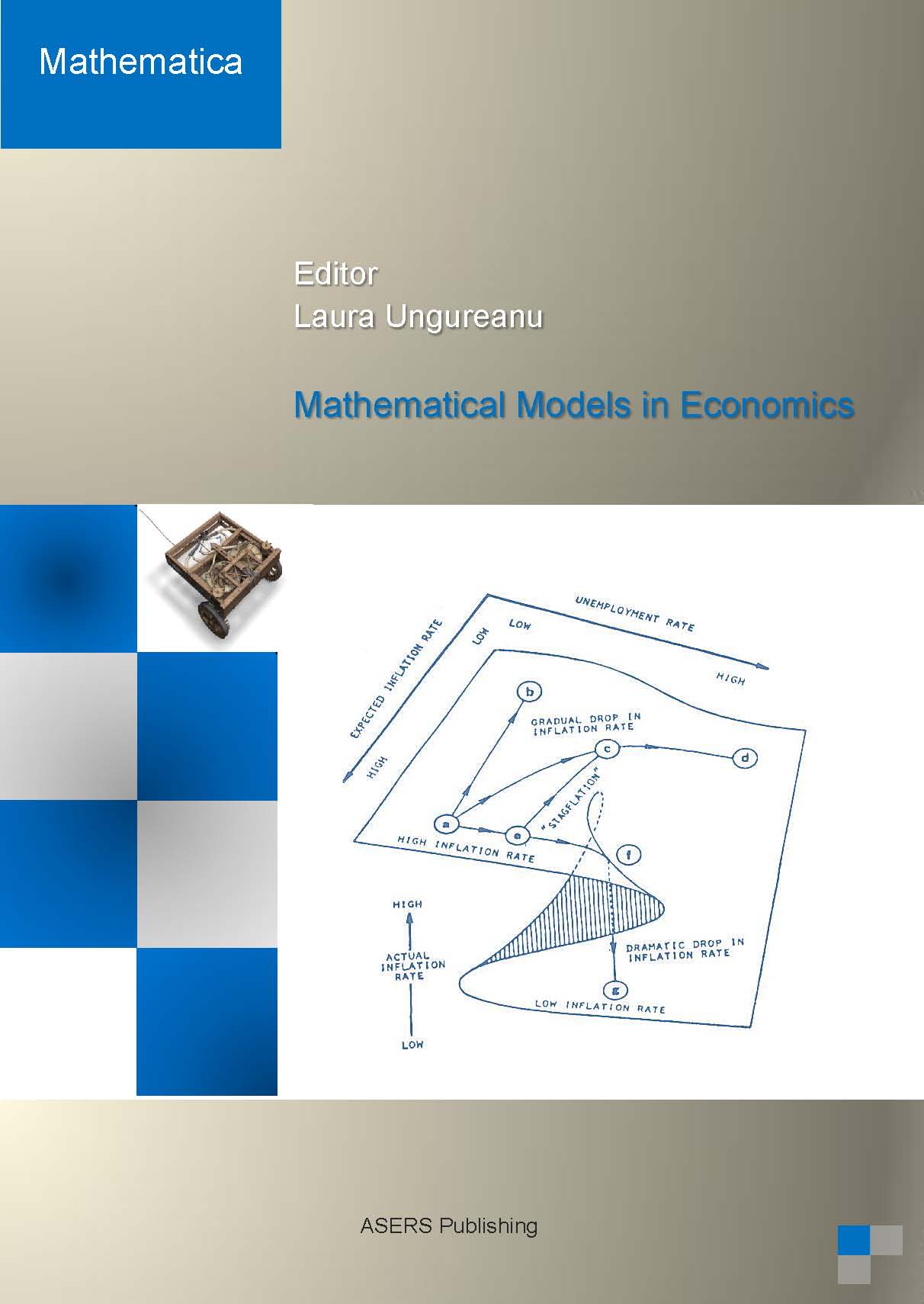Asymmetric Bertrand Duopoly:Game Complete Analysis by Algebra System Maxima
Asymmetric Bertrand Duopoly:Game Complete Analysis by Algebra System Maxima
Author(s): David CARFI, Emanuele Perrone
Subject(s): Economy
Published by: ASERS Publishing
Keywords: Asymmetric Bertrand Duopoly; Normal-form Games; Software algorithms in Microeconomic Policy; Complete Analysis of a normal-form complex interaction; Pareto optima; valuation of Nash equilibriums
Summary/Abstract: In this chapter we apply the Complete Analysis of Differentiable Games (introduced by D. Carfì in 2009 and 2010) and already employed by himself and others in Carfi, and Schiliro, 2011; Carfi, and Ricciardello, 2010 and Carfi, 2009) and some new algorithms employing the software wxMaxima 11.04.0 in order to reach a total knowledge of the classic Bertrand Duopoly (1883), viewed as a complex interaction between two competitive subjects, in a particularly difficult asymmetric case. The software wxMaxima is an interface for the computer algebra system Maxima. Maxima is a system for the manipulation of symbolic and numerical expressions, including differentiation, systems of linear equations, polynomials, and sets, vectors, matrices. Maxima yields high precision numeric results by using exact fractions, arbitrary precision integers, and variable precision floating point numbers. Maxima can plot functions and data in two and three dimensions. The Bertrand Duopoly is a classic oligopolistic market in which there are two enterprises producing the same commodity and selling it in the same market. In this classic model, in a competitive background, the two enterprises employ as possible strategies the unit prices of their products, contrary to the Cournot duopoly, in which the enterprises decide to use the quantities of the commodity produced as strategies. The main solutions proposed in literature for this kind of duopoly (as in the case of Cournot duopoly) are the Nash equilibrium and the Collusive Optimum, without any subsequent critical exam about these two kinds of solutions. The absence of any critical quantitative analysis is due to the relevant lack of knowledge regarding the set of all possible outcomes of this strategic interaction. On the contrary, by considering the Bertrand Duopoly as a differentiable game (games with differentiable payoff functions) and studying it by the new topological methodologies introduced by D. Carfì, we obtain an exhaustive and complete vision of the entire payoff space of the Bertrand game (this also in asymmetric cases with the help of wxMaxima 11.04.0) and this total view allows us to analyze critically the classic solutions and to find other ways of action to select Pareto strategies, in the asymmetric cases too. In order to illustrate the application of this topological methodology to the considered infinite game, several compromise pricing-decisions are considered, and we show how the complete study gives a real extremely extended comprehension of the classic model.
Book: Mathematical Models in Economics
- Page Range: 50-72
- Page Count: 13
- Publication Year: 2012
- Language: English
- Content File-PDF

